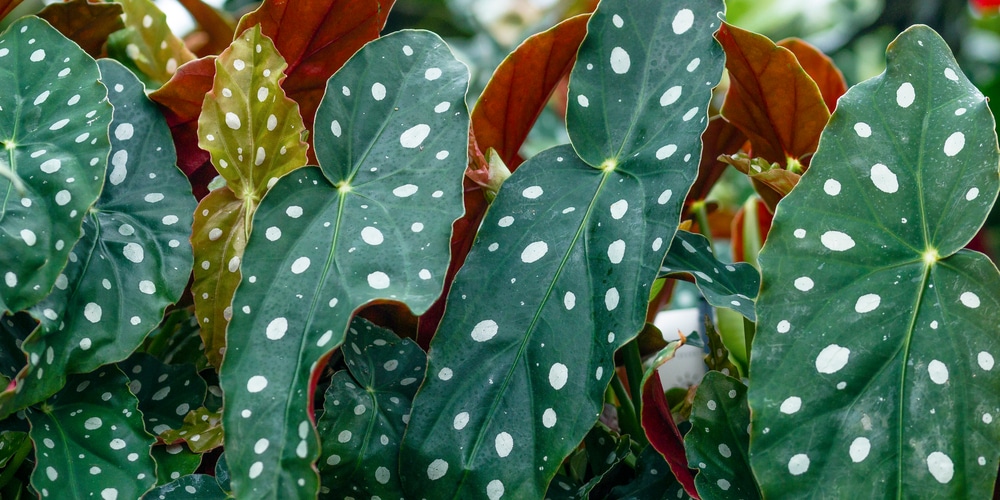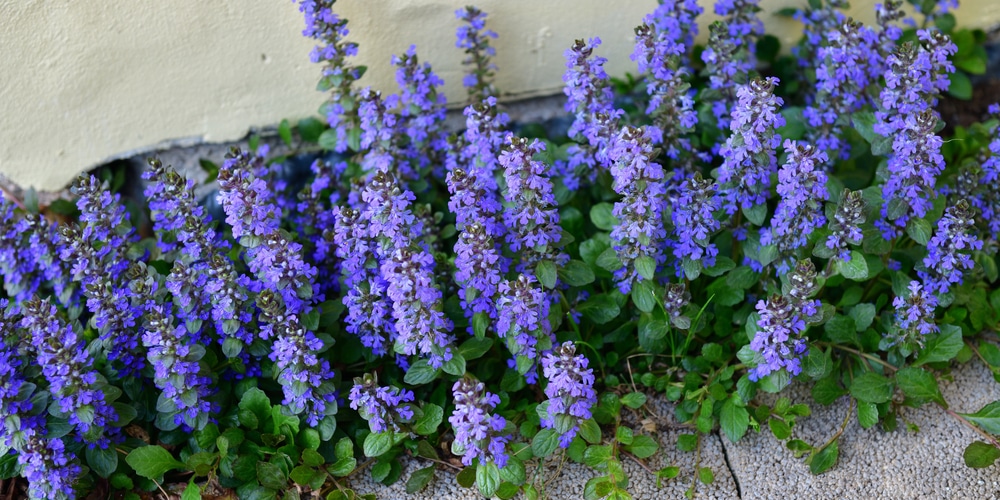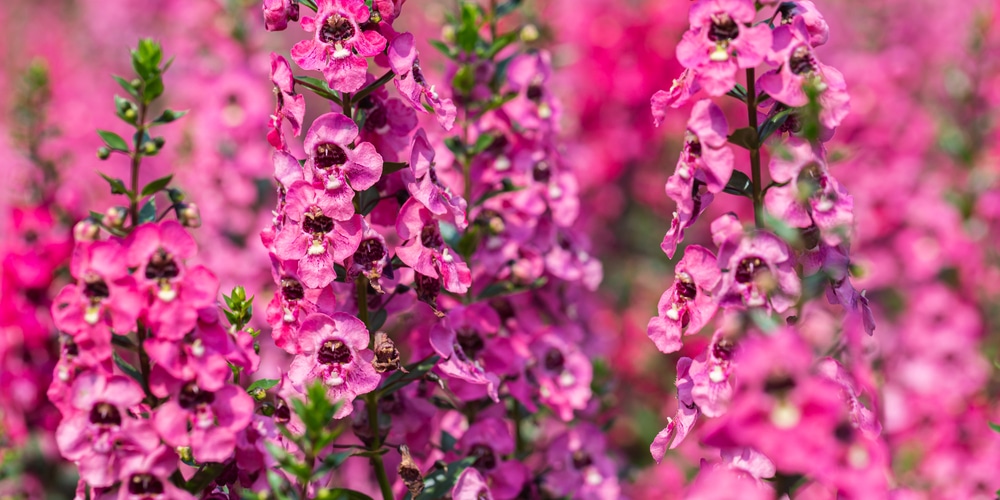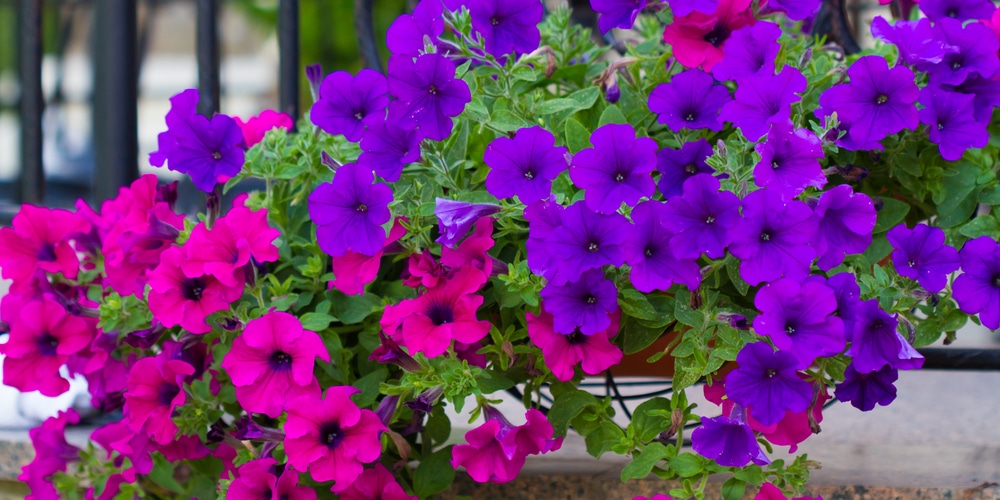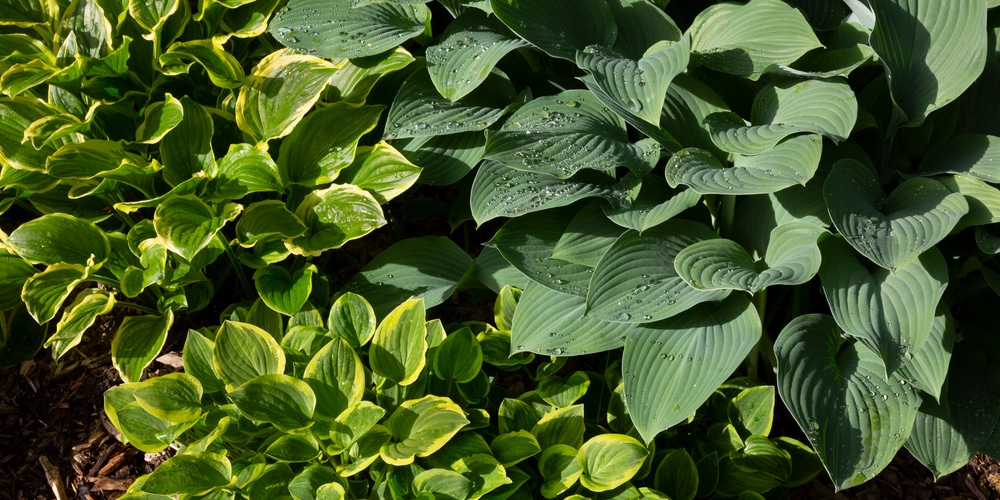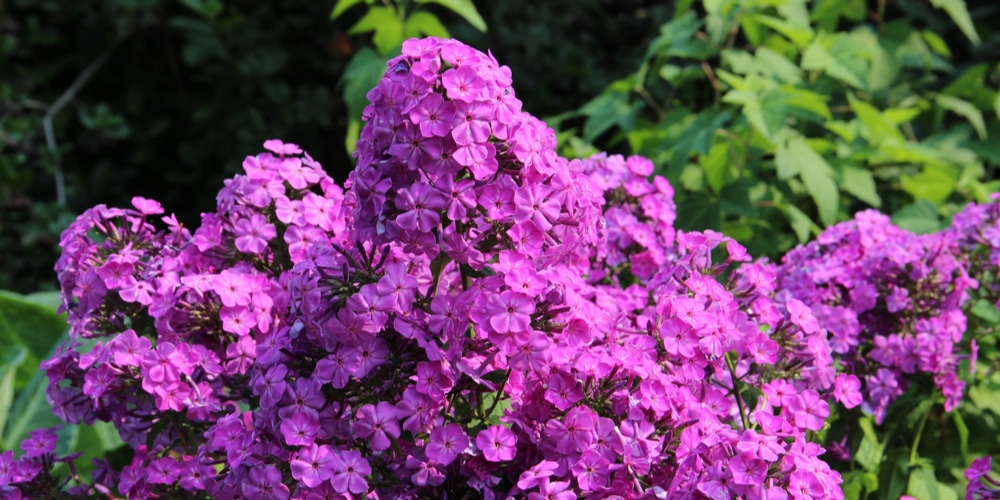Dusty Miller is a stunning perennial with silver-gray leaves that will add dense foliage to your garden if you allow it to grow. It is a timeless garden staple that will most likely never go out of style. While it looks stunning on its own, adding it as a companion plant can enhance the looks of your yard. Let’s look at some dusty miller companion plants!
Dusty Miller Companion Plants
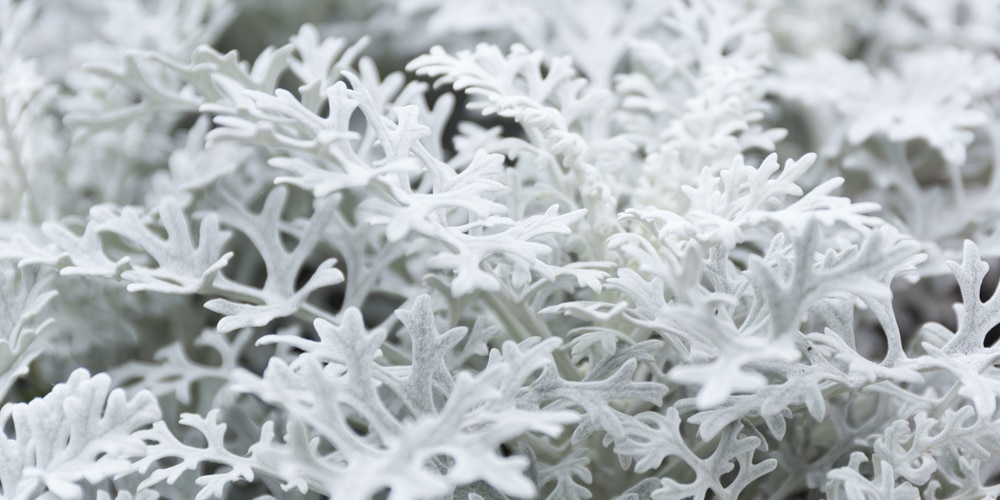
For even more dramatic effects, plant your dusty miller along with flowering blooms. These plants pair well with blue flowers. This combination will add an elegant look to your garden that will become your neighbors’ envy. Alternatively, consider creating an attractive contrast to white, red, and orange blooms by adding dusty millers around your lilies, narcissus, or even roses.
Because of its Mediterranean roots, dusty miller is the perfect perennial for USDA hardiness zones between 8 and 11. Also, it is one of the easiest perennials to grow in warmer environments, which makes it an obvious choice for beginner gardeners. You can plant it either in the ground or in a container and will most likely get results that will surprise you.
Don’t forget to ensure your dusty miller receives adequate sunlight to ensure intense silver-colored foliage. While this plant is tolerant to partial shade, it needs proper light to thrive. If you notice its leaves becoming paler, it is the first sign that you have to relocate your plants to a brighter spot.
Consider adding adequate dusty miller companion plants to create a stunning garden. Pick plants that like well-drained soils and don’t mind direct sunlight for best results. For inspiration, read our essential guide on dusty miller companion plants.
Here, you will find a list of some of our recommendations for you to create a garden where your plants can thrive in symbiotic relationships with one another.
Begonia
Dusty miller grows well with Begonia. These flowering plants can protect your garden from pests and even some diseases. Indeed, begonias attract pollinators that feed on some harmful insects that can damage your garden. Also, the bright red blooms contrast nicely with the small yellow flowers dusty millers produce.
The two plants thrive under similar conditions and need well-draining soil to survive without their roots rotting. Consider planting them close to one another to make the most out of the mutually beneficial relationship. However, don’t forget to provide the two plants with adequate spacing to ensure healthy growth and reduce competition for nutrients to a minimum.
Bugleweed
Bugleweed (or Ajuga) is a fast-growing perennial that looks beautiful when paired with dusty miller. The two plants both like full sun and prefer moist environments, so taking care of them will be less complicated. Plus, bugleweed produces purple blooms that grow vertically in a cone shape that look stunning alongside your dusty miller.
Angelonia
Angelonia, which you might know under the name of snapdragon, is a stunning and delicate-looking plant that makes for an ideal companion plant to your dusty millers. Its saliva-like flowers can reach up to two feet in height. The blooms can be white, purple, or pink, depending on which variety you select.
If your goal is to add color to your garden, consider planting angelonia and dusty miller together, especially if you live in a warm region with hot and sunny summers. Plus, angelonia produces an attractive scent that bees and butterflies particularly like: your yard will liven up during the summers in ways you never imagined!
Petunia
Beginner gardeners should get petunias and plant them as dusty miller companion plants. They are easy to grow and will thrive under similar conditions. Plus, you’ll be able to enjoy their blooms during the summer and throughout late fall, when most plants are dormant. Adding petunias means enjoying a flowering garden for longer, which is never a bad idea.
With petunias, you have almost limitless choices concerning colors: you can find varieties for any taste. All you have to do is pick the one you like the most and give it the correct care to ensure it will thrive in your garden.
For more dramatic effects, consider the wave petunia variety. These plants can grow up to four feet in height and are ideal ground covers if you need plants that contribute to better water retention in the soil.
Basil
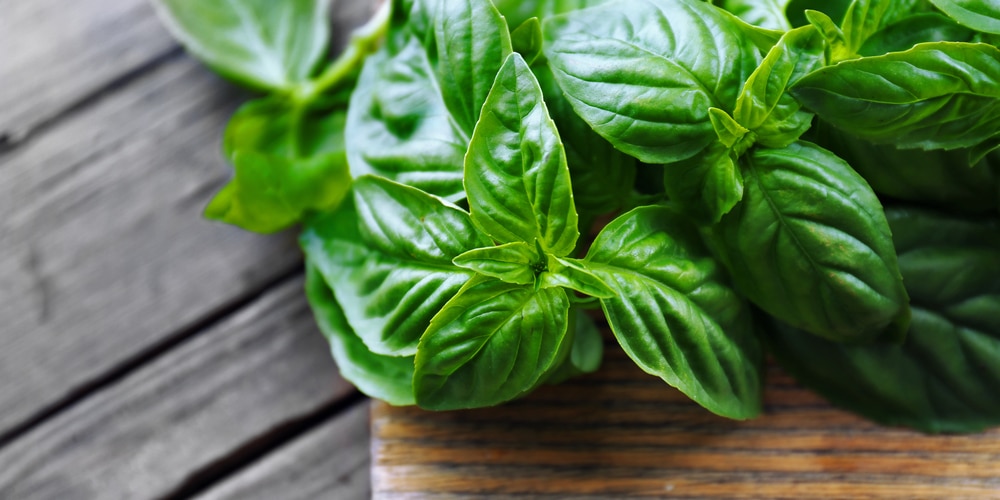
Basil is a herb that you should consider adding to your garden. Not only does the plant look lovely, but it also gives you a constant supply of flavorful kitchen herb that always comes in handy. Plus, basil loves the sunlight and will thrive under the same conditions as dusty millers. Additionally, basil’s characteristic smell, so pleasant for humans, will scare some harmful pests and keep weeds at bay.
Hosta
Hosta often falls under the shade-lovers category but thrives with direct sunlight. Pair your hosta plant with dusty millers to create an attractive background for your flower beds. These two plants work as beneficial companions. They compliment each other’s looks and deter some harmful pests by attracting pollinators in the blooming season.
Creeping Phlox
Creeping phlox is a low-growing perennial that acts as an optimum ground cover, especially in rock gardens. While dusty miller is tolerant to drought conditions, it likes moisture. Creeping phlox can help increase water retention in the soil. Not only that, but it will improve the aesthetics of your garden. Indeed, creeping phlox purple or pink flowers pair stunningly with those of dusty millers. The fact that the two plants thrive under similar conditions is nothing but a plus.
Dusty Miller Companion Plants: The Bottom Line
As you can see from this essential guide, finding companion plants for your dusty millers isn’t hard. However, you will have to pay attention to which plants you select to ensure they can thrive in your garden.
Consider making a pH test to ensure your soil is adequate to the plant’s requirements. Indeed, while companion planting can help you have self-sufficient gardens with plants that live in symbiosis with one another, you’ll still have to put some effort into keeping it healthy. Additionally, try combinations that will improve the looks of your garden. Choose plants that contrast or combine with your dusty millers for dramatic but stunning effects!
